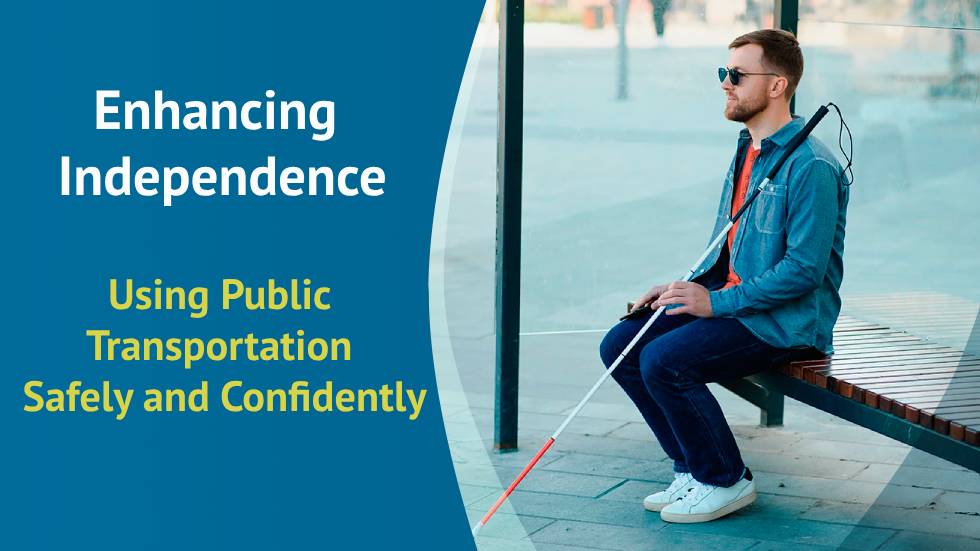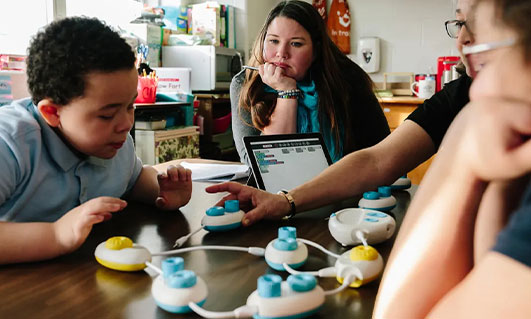
Navigating public transportation can be a daunting task, especially for visually impaired travelers. However, with the right tips and strategies, you can build your confidence and make your journey smoother and more enjoyable. Here’s a comprehensive guide to help visually impaired individuals travel with greater ease and independence.
1. Familiarize Yourself with Routes and Schedules
Before embarking on your journey, take the time to research the public transportation options available in your area. Utilize accessible apps and websites to check routes, schedules, and any changes in service. Here are some strategies:
- Use Apps: Many transit systems offer accessible apps that provide real-time updates on arrivals and departures. Popular apps like Google Maps and Citymapper can help you plan your route and provide audio directions.
- Contact the Transit Authority: Don’t hesitate to reach out to your local transit authority for assistance. They can provide information on accessible services, including audio announcements and tactile maps.
2. Practice Navigation Skills
Building your confidence in navigating public transportation involves practicing your route beforehand. Here’s how:
- Take Trial Runs: If possible, practice the route during off-peak hours. This will help you familiarize yourself with the stops, transfer points, and overall layout without the added pressure of crowds.
- Ask for Help: Don’t be afraid to ask transit staff or fellow passengers for assistance if you need help finding your way. Most people are willing to lend a hand.
3. Use Assistive Technology
Leverage technology to enhance your travel experience:
- Smart Canes: Consider using a smart cane equipped with sensors that detect obstacles in your path. These can help you navigate crowded areas more confidently.
- Voice-Activated Assistants: Use voice-activated devices or apps to get directions or updates while on the go. This can help you stay informed without needing to constantly check your phone.
4. Plan Your Access Needs
Consider your specific access needs when using public transportation:
- Boarding and Exiting: Familiarize yourself with how to signal for help when boarding or exiting. Knowing how to use transit signals or informing staff about your needs can ensure a smoother experience.
- Seating Preferences: If you prefer specific seating arrangements (e.g., near the front or next to an exit), try to communicate these preferences to staff when boarding.
5. Connect with Supportive Communities
Joining a community or support group can provide encouragement and tips for navigating public transportation:
- Peer Support Groups: Connecting with others who share similar experiences can offer valuable insights and resources. Consider local or online support groups for the visually impaired.
- Workshops and Training: Look for workshops focused on mobility training or public transportation skills. Organizations that support visually impaired individuals often offer these resources.
6. Stay Calm and Be Patient
Traveling can sometimes be stressful, but maintaining a positive mindset can greatly influence your experience:
- Mindfulness Techniques: Practice mindfulness techniques such as deep breathing or visualization to help calm nerves before and during your journey.
- Be Prepared for Changes: Understand that transit systems can change schedules or routes unexpectedly. Being flexible and adaptable will help you manage these situations more effectively.
7. Share Your Experiences
After your travels, consider sharing your experiences with others. This can help:
- Build Community Awareness: By discussing your journey and any challenges faced, you can help raise awareness about the needs of visually impaired travelers within your community.
- Encourage Others: Sharing tips and advice can inspire others to feel more confident when using public transportation.
Conclusion
Navigating public transportation as a visually impaired traveler may present unique challenges, but with preparation, practice, and the right mindset, you can build your confidence and enhance your travel experience. Embrace the journey, stay connected with your community, and remember that each trip is an opportunity to learn and grow. Happy travels!





